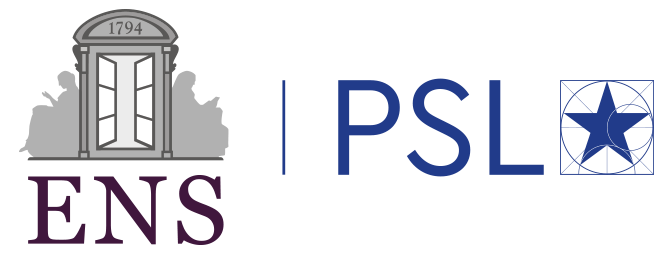Domaines
Biophysics
Soft matter
Physics of living systems
Type of internship
Expérimental Description
Self-organisation draws much attention in biotic systems as it can produce complexity at reduced developmental cost. Simple mechanisms borrowed from chemo-physical processes can then explain the morphogenesis of biological patterns. Echinoderms, like sea urchins, sea stars and sea cucumber, build a calcite skeleton whose microstructure is an outstanding example of self-organisation. This 3D structure, called stereom, is a porous meshwork made of calcite, whose surface is saddle-shaped. Remarkably, this curvature signature is conserved across different species and body parts and reminds of minimal surfaces occurring in physical systems shaped by interfacial energies like surface tension.
Several studies have addressed the morphogenesis of the stereom showing that it forms via biomineralisation through a rich dynamics of branching and bridging episodes. Yet, a global, mechanistic comprehension of what controls preferential mineral deposition is still lacking. Our main hypothesis is that the stereom local geometry is not only an emergent property but also a driving cue for skeletonising cells and that this interaction is mediated by the cytoskeleton. The internship aims to experimentally characterise how the evolution of the stereom affects the cytoskeleton organisation and vice versa, using confocal microscopy.
Contact
Giulio Facchini
Laboratory : MSC - UMR7057
Team : Morphogenèse et Dynamique des Systèmes Auto-Organisés
Team Website
Team : Morphogenèse et Dynamique des Systèmes Auto-Organisés
Team Website
